Experienced all-terrain vehicle PES-1P
PES-1 ATVs were created by the Special Design Bureau of the Plant. Likhachev under the leadership of V.A. Grachev and went into the series in the mid-sixties. Small-scale production of these machines continued until the end of the next decade. On the basis of the first all-terrain vehicle, two new models were created, distinguished by the presence of a closed passenger cabin (PES-1M) or a modified crane (PES-1B). In the early eighties, the PEC-490 search and rescue complex was adopted to supply the Air Force, which had certain advantages over the existing PES-1. The emergence of new technology has led to the gradual abandonment of the already exploited.
By the time of decommissioning, two dozen off-road vehicles of the PES-1 family still retained a significant portion of the resource, and therefore could be used in various areas. In particular, SKB ZIL considered the possibility of using all-terrain vehicles in new research projects. One of the existing cars was proposed to be rebuilt according to a new experimental project and made a prototype for testing the most daring ideas. The existing powerplant and chassis with ultra-high maneuverability were planned to be supplemented with jet engines of various types.
It was obvious that such a restructuring would necessarily change the characteristics of the machine, and, probably, only for the better. However, the real potential of the proposed modernization could not be assessed only through calculations. It required the construction of a prototype for running in different landscapes, including in the most difficult conditions.
A new project of SKB ZIL, based on an existing car, was launched in 1984 year. He received the designation PES-1P ("reactive"). It is easy to see that the name of the experimental sample - for the first time in a long time - did not indicate the organization-developer. At the same time, it retains the most direct reference to the base platform.
As the basis for the model prototype PES-1Р, an all-terrain vehicle of the base modification PES-1, which had the unofficial nickname “Crane”, was chosen. This machine, in its original role, was intended to evacuate astronauts along with their descent vehicle. To work with the last machine had a crane and a special cradle with fasteners. The crane was located on the roof of the engine compartment near the center of the hull; the cradle for the descent vehicle was on the aft cargo area. An all-terrain vehicle with such a hull layout was best suited for use in a new project.
During the restructuring of the new project, the existing all-terrain vehicle had to save a significant number of components and assemblies. It was planned to remove only the cargo equipment from it, instead of which the new power plant should have been mounted. All this did not require significantly reworking the hull and frame, and in addition, it allowed the powerplant, transmission and chassis to remain unchanged.
Based on the existing PES-1, the jet-powered all-terrain vehicle retained an aluminum welded frame, assembled from profiles and fortified with kerchiefs. In the central part of the body there are X-shaped braces that increase the rigidity of the frame. The frame had attachments for installing the engine, transmission units, etc. and took on all the load.
For ensuring the buoyancy of the all-terrain vehicle it was completed with the fiberglass pressurized case. Such a body still had a curved lower frontal sheet, on the sides of which there were vertical sides. In the sides provided for large arches to accommodate the wheels. The aft detail of the hull was located vertically. All fiberglass panels have longitudinal ribs.
As part of the restructuring, the existing sample of PES-1 should have significantly changed its layout. Previously used radio navigation equipment was removed from the front of the case. For the freed instrument compartment, as before, there was a crew cabin. Behind the cab left the engine compartment. The transmission units were to be located inside the hull, both on its longitudinal axis and at the sides. The former cargo area was now used for the installation of an additional power unit.
The all-terrain vehicle was completed with a ZIL-375 gasoline engine with horsepower 180. Next to the motor inside the case, the fuel tank was placed on the 360 l and all other devices. The silencer was placed on the roof of the hull deck. Through the torque converter, which served as protection against increased loads and stops, the engine was connected to an automatic transmission. Behind the second axis inside the case was a transfer case. With the help of four cardan shafts, the power was distributed to the onboard transmissions of the second and third axles. There was also a shaft to drive the jet propulsion. From the gears of the second axle, a pair of shafts, which are responsible for driving the front wheels, went forward.
The existing chassis with three pairs of large wheels was retained. The first and third axles had an independent lever-torsion suspension, the second was fixed on the body rigidly. Wheels with tires with a diameter of 1,52 m were used. The wheels were connected to a centralized tire pressure adjustment system. To obtain the required maneuverability, the front and rear axles were connected to the steering devices.
The water jet propulsion unit, completely located inside the hull, remained in the stern. Through the intake window in the bottom, water flowed to the impeller and was thrown through a rectangular opening in the rear sheet. Thrust vectoring was carried out by a pair of deflected vertical rudders, also located within the hull.
For obvious reasons, the greatest interest in the PEU-1R project is the additional power plant, designed specifically for the new prototype. To radically improve off-road mobility, the all-terrain vehicle was proposed to be equipped with new means. First of all, it should have been installed on it aviation turbojet engine with sufficient thrust parameters. In addition, during some inspections the car was planned to be equipped with powder accelerators.
As the main element of the additional power plant, the AI-25TL turbojet engine, designed for some training aircraft, was chosen. It was built on a dual circuit with two rotors. With a mass of no more than 400 kg, this product had a length of about 3,36 m and a diameter less than 1 m. The engine developed 1720 kgf thrust, which, according to calculations, made it possible to obtain a certain increase in ground vehicle mobility.
The aircraft engine was proposed to be mounted in the rear of the all-terrain vehicle, inside the cylindrical casing. The front part of the casing, which served as an air intake, received a protective mesh designed to trap large particles of dirt. The engine nozzle brought in a relatively small hole in the rear wall of the casing. About half of the casing was located below the hull sides of the car, and for this reason it was necessary to provide a small semicircular cut-out for the engine nozzle in the tailgate.
Part of the free volume of the hull was allocated for its own fuel tank turbojet engine. On board the PES-1P all-terrain vehicle, we managed to place several hundred liters of kerosene. This could be enough for a long enough trip using both power plants.
From a certain time, the prototype model was completed with additional solid-fuel accelerators. They used engines from anti-aircraft missiles 9М39 of the portable Igla complex. On the back of each side of the hull it was proposed to install a clip for eight of these engines: two vertical rows of four. To obtain the correct thrust vectoring engines were attached with a noticeable tilt forward. Such engines were controlled by an electrical system and could only be started at the same time.
The use of new systems has led to certain modifications to the cabin. Like the base all-terrain vehicle, the PES-1P had a wide four-seater cabin, covered with a fiberglass hood on top. The cap, which had developed glazing, could lean back up and back. In addition, there are two hatches in its roof. At the driver’s workplace, all the standard devices that corresponded to the basic design were preserved. The driver controlled the engine, transmission, chassis, etc. To the right of the main dashboard placed an additional shield with a control lever of a reactive power plant. There was also a second panel with control devices. The driver and the second crew member could fully control the operation of the turbojet engine and launch solid fuel boosters.
Being an exclusively experimental model, the PES-1P machine lost the ability to transport any significant cargo. Moreover, almost the entire stock of capacity was spent on installing the AI-25ТL engine, fuel tank for it and other new devices. However, this was not a problem, since the all-terrain vehicle was intended only for practical verification of the original proposal. The operation of such equipment in the army or in the interests of the national economy, of course, was not envisaged.
Being a modified version of an existing all-terrain vehicle, the mock-up sample had similar dimensions and weight. The length slightly exceeded 8,3 m, width - 2,6 m. Dismantling the crane led to a noticeable reduction in vertical clearance. The engine cover slightly rose above the cab roof level, but the overall height of the vehicle was still less than 2,7 m. The track and base remained the same - 2,15 m and 5 m, respectively. The total mass of the PES-1Р all-terrain vehicle with fuel for two engines was at the level of 11,5-12 t.
In 1984, one of the serial search and evacuation units PEU-1 with the board number "55" arrived at the Plant. Likhachev to restore technical readiness and modernization of the new project. From this machine, more and more unnecessary units were removed, instead of which they installed an additional power unit and its auxiliary devices. In just a few weeks, the finished prototype was sent to factory tests.
The new experimental model was based on the existing chassis, and therefore could show similar running characteristics. Maximum speed on the highway, developed only by a gasoline engine and wheels, reached 68 km / h. Cruising range - 560 km. The vehicle could sail at a speed of no more than 7,5 km / h. Without much difficulty, the car overcame various land obstacles. She could descend into the water and ashore on the slopes of moderate steepness.
Nevertheless, the essence of the project PES-1P was to develop a bundle of wheel and jet propulsion. For this reason, rather quickly, ZIL specialists began to check the new power plant. Driving on simple terrain, an all-terrain vehicle with a working AI-25TL engine could show increased speed. While sailing, his thrust brought the speed to 12-14 km / h. The presence of an additional power plant simplified overcoming obstacles. Without any difficulty, the all-terrain vehicle would call in or even take off on large bumps. Improved performance on dirt and marshy areas. Significantly simplified rise from water to shore.
From a certain time, the prototype model PES-1P was tested in the Vorkuta region, where there were large snow-covered fields with a large thickness of cover. In deep snow, the all-terrain vehicle showed fairly high rates of speed and maneuverability. When using an AI-25T engine, speed on snow reached 42-44 km / h. The combined propulsion system using wheels and a jet, gave a noticeable increase in performance.
A most interesting experiment was also conducted near Vorkuta. Experimental machine PES-1Р installed on skis. On each of the six wheels using chains secured over the ski of medium elongation with a raised nose. Such skis significantly increased the surface area, accordingly improving the performance of the machine on the snow. The presence of individual skis on all wheels allowed the use of the existing steering system. The resulting "snowmobiles" showed themselves well on the virgin snow. Using only one jet engine, the all-terrain vehicle was moving at high speed through the snow and showed good maneuverability.
From a certain time, the task of the testers was to determine the maximum characteristics and ultimate capabilities of the prototype on the most complex surfaces and landscapes. This stage of testing has become the most difficult for an experienced car. She was specially "planted" in the dirt on the bottom, after which attempts were made to get out of such a trap using wheels and a jet engine. Also determined the maximum parameters of the slopes and beaches, which could move all-terrain vehicle.
It was at the stage of searching for the limiting parameters that a PES-1Р prototype machine was equipped with solid-fuel accelerators. 16 jet engines from anti-aircraft missiles allowed for a few seconds to increase the total thrust of gasoline and turbojet engines. In some cases, the joint operation of the three power plants gave the desired results, whereas in other conditions even she did not help. However, this result of the next test was also useful, as it supplemented the available data volume.
For several months, designers SKB Plant them. Likhachev collected various information about all aspects of the work and operation of a prototype with unusual equipment. After completion of the tests, the experimental machine PES-1P returned to the factory. Her further fate is authentically unknown. Probably, the all-terrain vehicle was subsequently used as a platform for new research, and in the distant future it was utilized to develop a resource.
After analyzing the collected data, the designers of SKB ZIL proposed a new version of the combined power plant for the ultra-high-traffic machine. This concept again included the use of a turbojet engine. The gasoline engine, in turn, proposed to replace a pair of rotary-piston internal combustion engines. It was planned to combine the hydromechanical transmission with the onboard power distribution with the latter. As far as is known, the project of such an experimental all-terrain vehicle remained at the stage of preliminary study. Its implementation was hampered by financial problems, the actual lack of prospects and other factors.
For several decades of work in the field of ultra-high-traffic vehicles, the Special Design Bureau of the Zavod Plant. I.A. Likhachev was able to create a large variety of all-terrain vehicles, distinguished by outstanding characteristics. When, it would seem, the limiting parameters were reached, the engineers found a way out of the current situation and supplemented the finished triaxial chassis with jet engines. Tests of such a machine made it possible to collect a large amount of data, which, however, no longer helped to obtain practically applicable results. The direction of jet all-terrain vehicles in our country no longer developed.
On the materials of the sites:
http://denisovets.ru/
http://kolesa.ru/
http://os1.ru/
http://русская-сила.рф/
http://airwar.ru/
http://rbase.new-factoria.ru/
https://strangernn.livejournal.com/
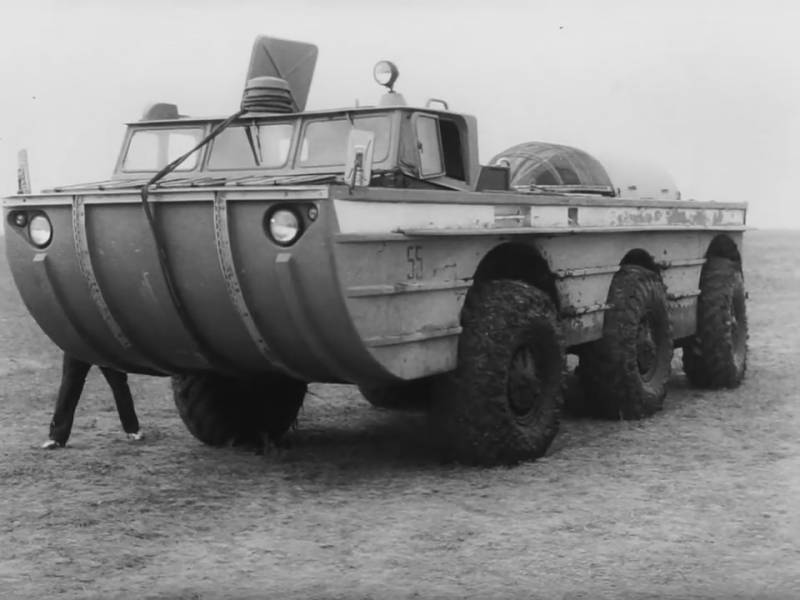
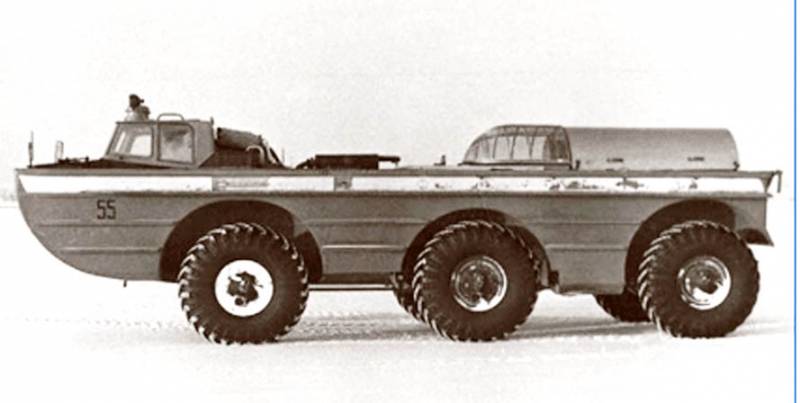
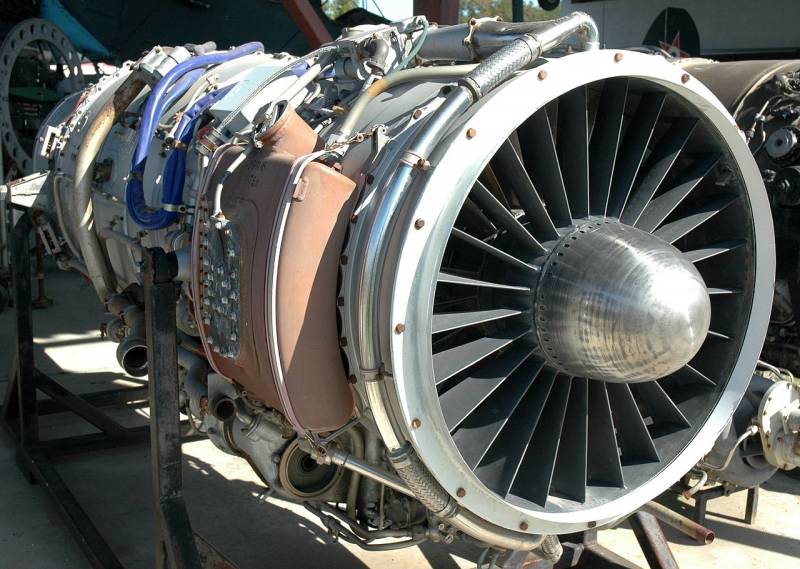
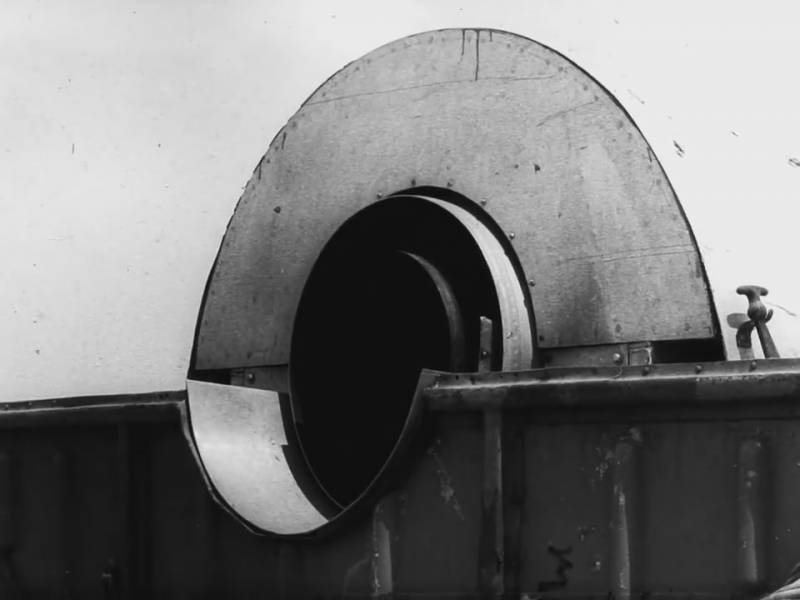
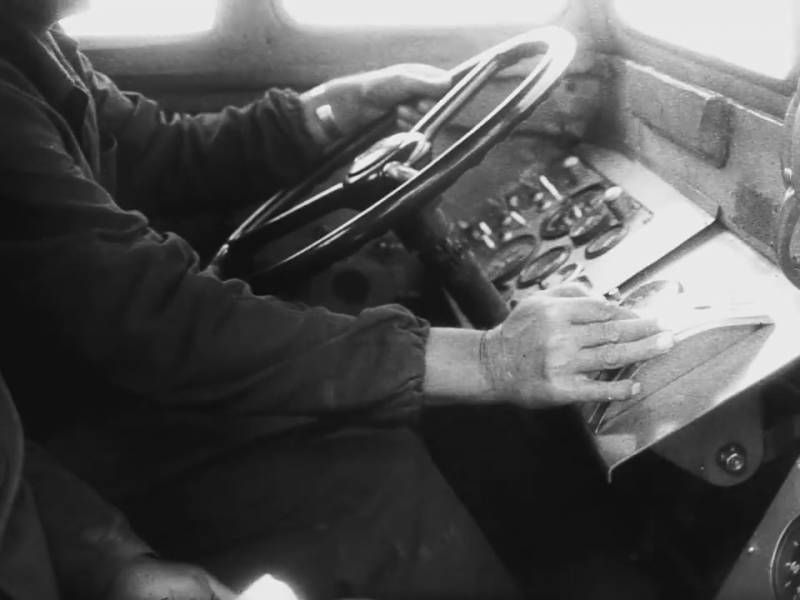
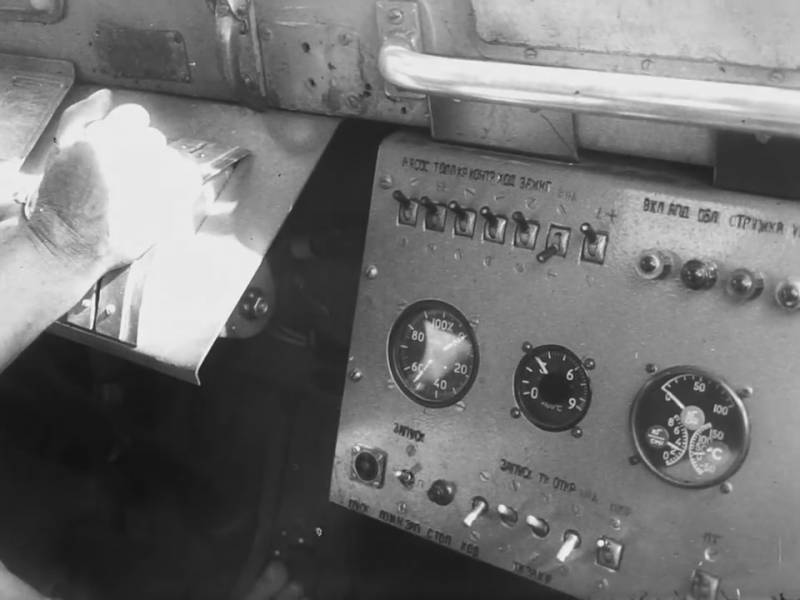
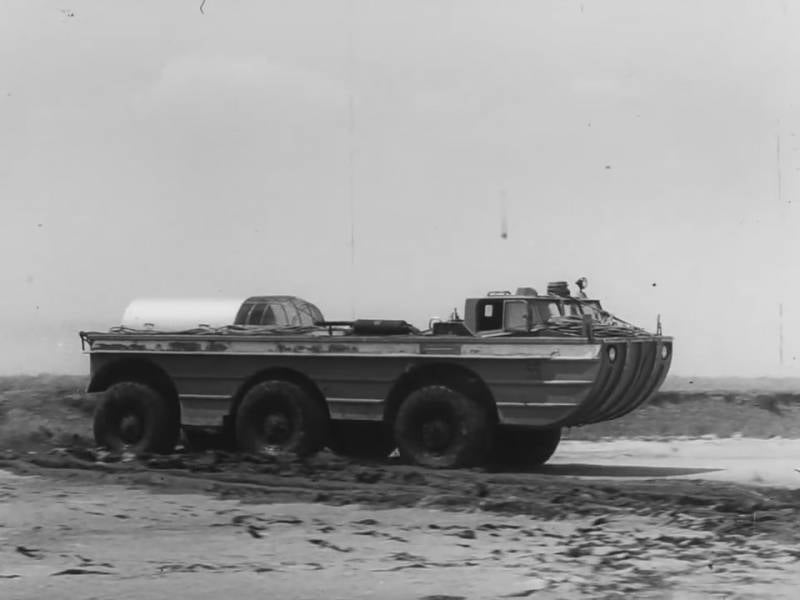
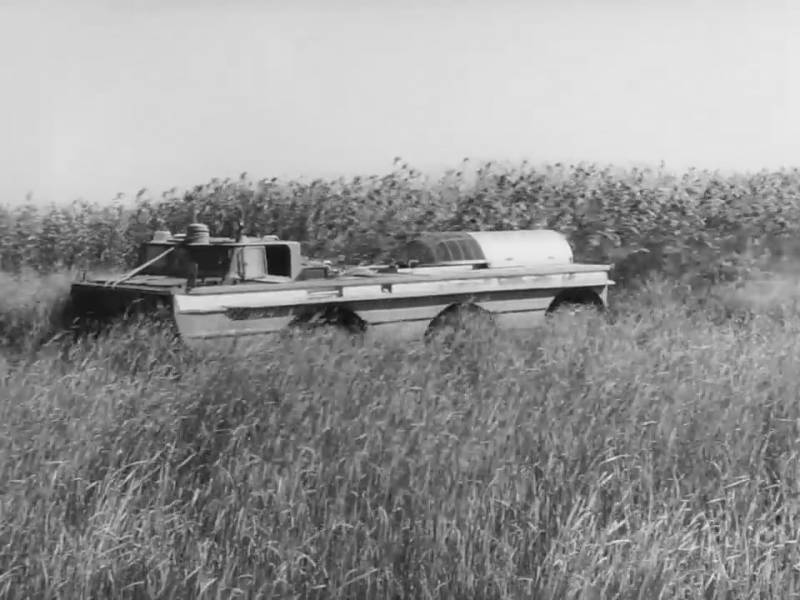
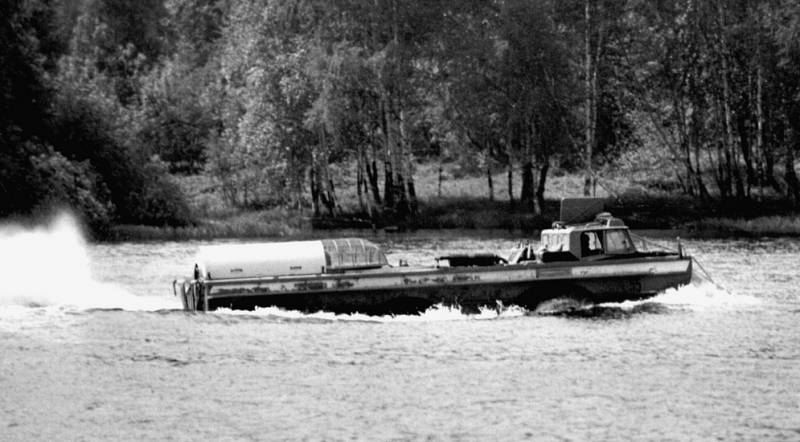
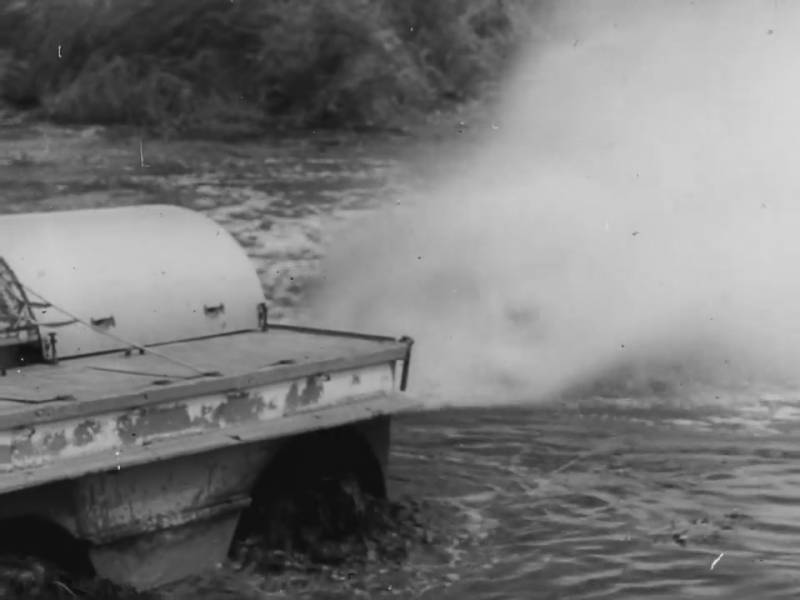
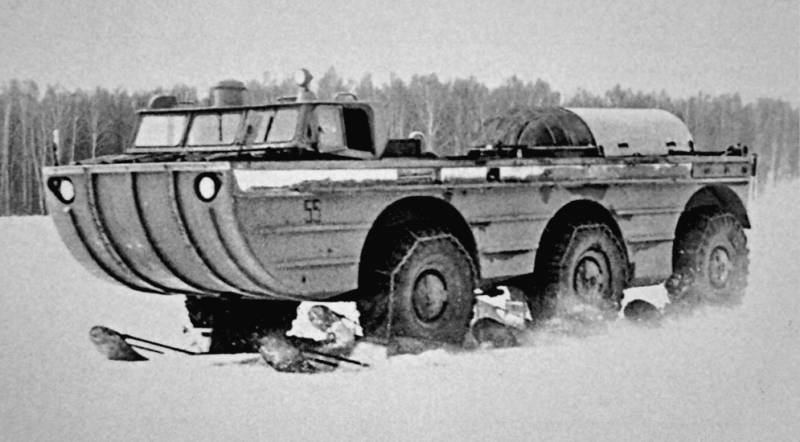
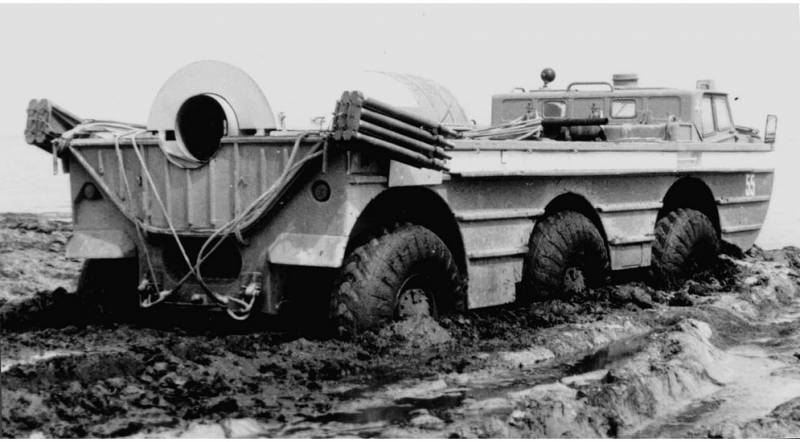
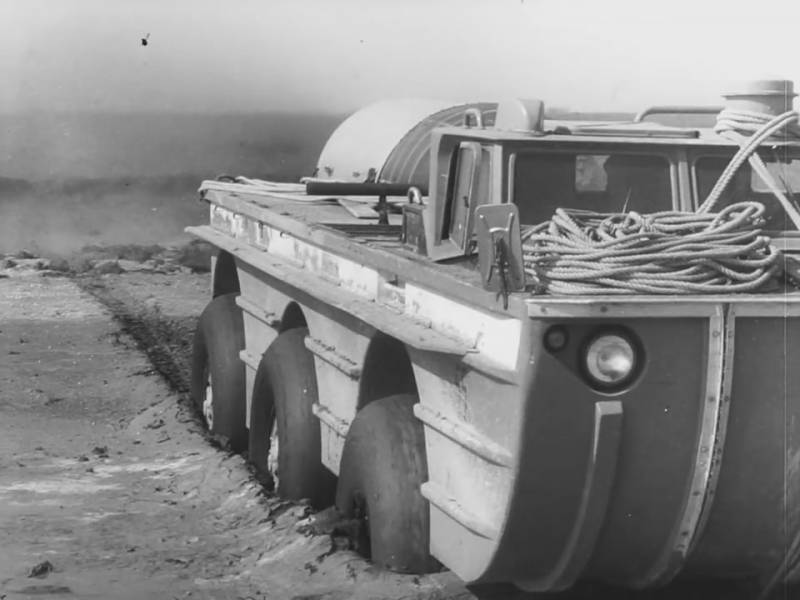
Information